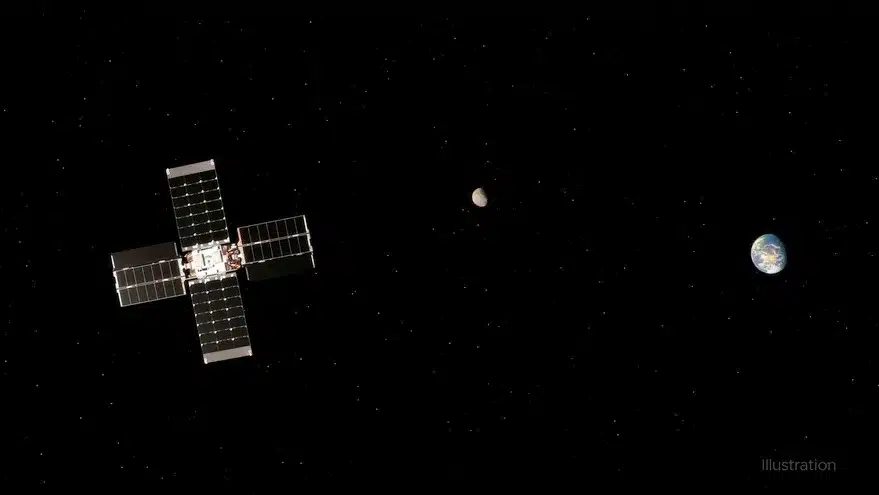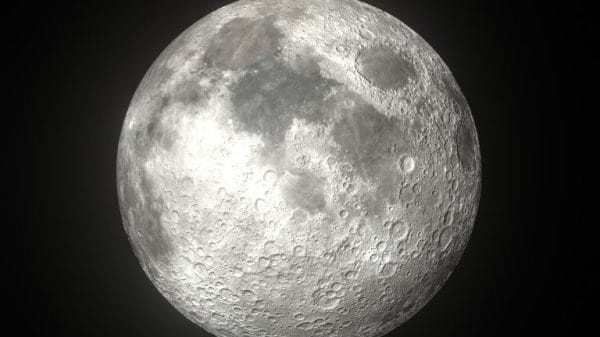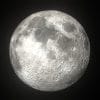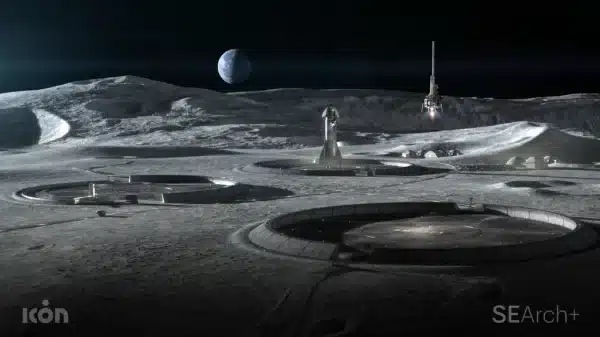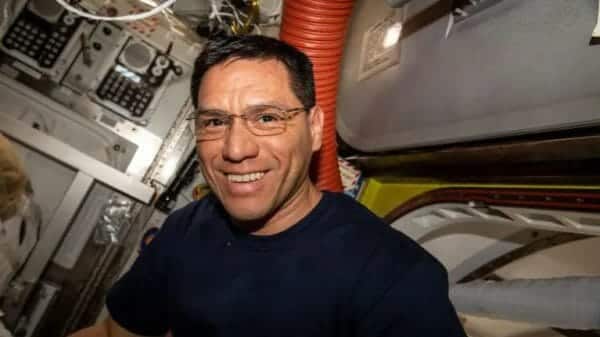In a disappointing turn of events, NASA’s Jet Propulsion Laboratory (JPL) declared the Lunar Flashlight mission concluded a mere five months after its launch.
This CubeSat, designed to orbit the moon, encountered insurmountable hurdles due to persistent issues with its propulsion system, casting a shadow of uncertainty over its intended objectives.
From the moment of its December 2022 liftoff, engineers at JPL grappled with a confounding conundrum that hindered Lunar Flashlight’s trajectory. The primary culprit, suspected by the astute minds, revolved around the obstructed propellant lines, curbing the essential thrust required for a successful moon-centric polar orbit.
No stone was left unturned as the tireless engineers dedicated months to troubleshooting this enigma. They surmised that debris, insidiously infiltrating the propellant lines, impeded the smooth flow of propellant toward the spacecraft’s thrusters, diminishing their efficacy.
Ever resilient, NASA, on May 5, initiated a last-ditch effort to clear these obstructions, adopting a bold approach. They dared to increase fuel pump pressures to unprecedented levels, pushing boundaries while manipulating valves in an attempt to dislodge the malevolent impediments. Though these audacious measures displayed sporadic glimpses of success, yielding intermittent surges in thrust, they fell short of sustaining Lunar Flashlight’s lunar proximity.
With a heavy heart, JPL ultimately resolved to terminate the mission, for the celestial dance with the moon was no longer within reach. While the notion of nestling the spacecraft in a near-rectilinear halo orbit had been discarded, a glimmer of hope remained to secure a distant Earth orbit allowing for monthly lunar flybys.
The perplexing question lingers: How did such pernicious debris infiltrate the propulsion system? In a recent interview, Daniel Cavender, the esteemed project manager overseeing Lunar Flashlight’s propulsion system at NASA, currently serving as the director of Rubicon Space Systems, a division of Plasma Processes LLC, shed light on this riddle. He revealed the constraints the 6U CubeSat design imposed, confining engineers’ ability to incorporate extensive filtration systems.
“Given the size constraints, our capacity to include filters everywhere was woefully limited. Hence, we heavily relied on meticulous precision cleaning, vigilant inspections, and stringent contamination controls. Alas, a slip occurred somewhere along the line,” Cavender lamented. The CubeSat’s data mirrored ground tests of thrusters grappling with debris in their propellant lines, reinforcing this unfortunate explanation.
Lunar Flashlight boasted the distinction of being the first spacecraft venturing beyond Earth’s realm to embrace the utilization of a non-toxic and eco-friendly propellant christened Advanced Spacecraft Energetic Non-Toxic (ASCENT). Developed at the esteemed Air Force Research Laboratory, this revolutionary propellant proved its mettle until the disruptive debris predicament emerged, halting its flow and validation in the vast expanse of space.
In a valiant effort to shine a light on the accomplishments amidst the mission’s untimely end, NASA underscored the successful trials of other groundbreaking technologies integrated into Lunar Flashlight. These included the introduction of Sphinx, a cutting-edge flight computer endowed with the remarkable ability to operate under low power conditions and withstand the relentless radiation encountered in the depths of space. Additionally, the mission showcased remarkable advancements in radio technology by deploying Iris, an upgraded and more resilient communication system.
Christopher Baker, the program executive responsible for small spacecraft technology within NASA’s Space Technology Mission Directorate, eloquently captured the essence of Lunar Flashlight’s legacy.


